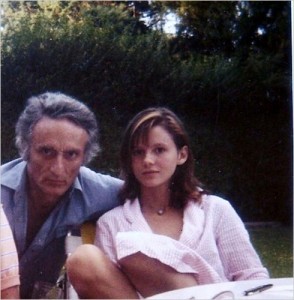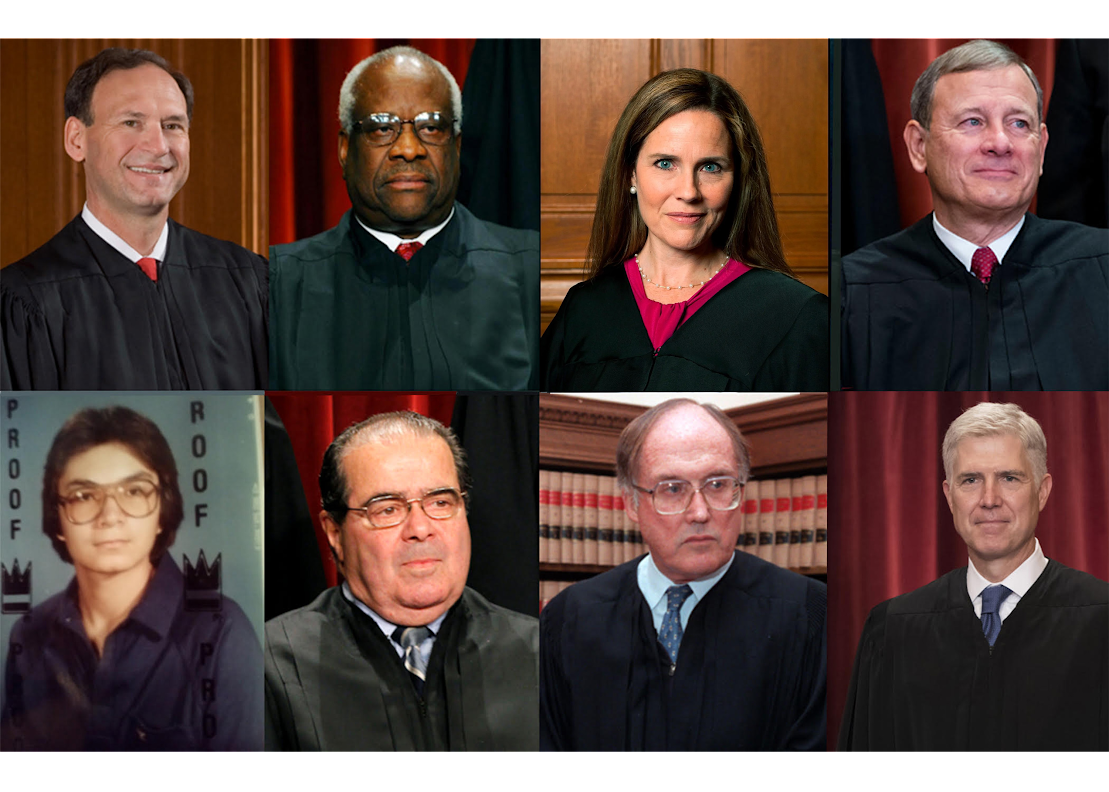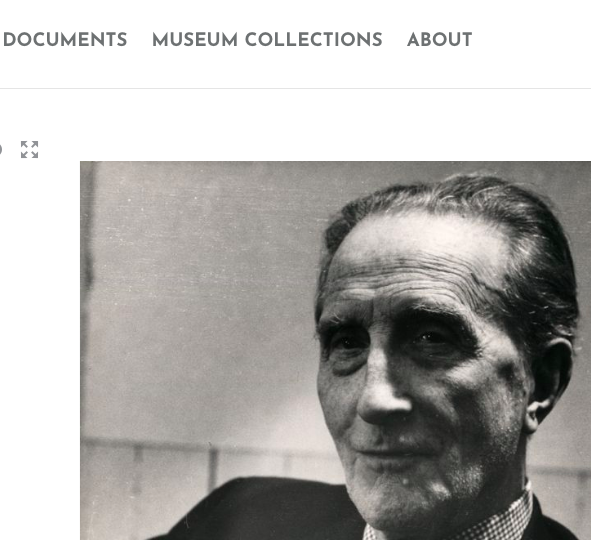For those looking for something to read (copyright wise), this book, Privilege and Property. Essays on the History of Copyright, just out from Open Book Publishers.
What can and can’t be copied is a matter of law, but also of aesthetics, culture, and economics. The act of copying, and the creation and transaction of rights relating to it, evokes fundamental notions of communication and censorship, of authorship and ownership – of privilege and property.
This volume conceives a new history of copyright law that has its roots in a wide range of norms and practices. The essays reach back to the very material world of craftsmanship and mechanical inventions of Renaissance Italy where, in 1469, the German master printer Johannes of Speyer obtained a five-year exclusive privilege to print in Venice and its dominions.
The volume is a companion to the digital archive Primary Sources on Copyright (1450-1900), funded by the UK Arts and Humanities Research Council (AHRC): www.copyrighthistory.org.
The great thing about this book is that you can also read it free via Google Books.

NYU has changed its mind. Presumably the public uproar over NYU’s acquisition of Larry Rivers’ tasteless videos made NYU change its mind. According to last Friday’s New York Times, New York University informed the Larry Rivers Foundation that it did not want those materials included as part of the archive it was purchasing. The question now is what will the Foundation do with the videos and film, especially given the fact that Rivers’ daughters would still like to obtain the footage and keep it from public inspection.
After we blogged on this story last week, some interesting comments were posted. Here’s a sample:
If someone were to call a social worker and report something like this, the parents would be in big trouble and the girls might be taken away from them. Calling this “art” is like telling the emperor his suit of clothes is amazing.
And this from filmmaker Marina Lutz regarding her own relationship with her father’s voyeurism:
My father taped himself saying “This is not for us to know, but for you to know 10 or 20 years from now.” and I used this in my film as evidence. Chilling. One person pointed out another atrocity that became public: the images from Abu Ghraib. I kept reading and couldn’t believe the similarities to my own experience.
The rest of the comments may be accessed here.

Yes, says LibraryLaw Blog‘s Peter Hirtle.
I’ve been meaning to comment on Hirtle’s post from last Monday. Hirtle takes the upcoming US Supreme Court case concerning copyright and the “first sale” doctrine (Section 109 of the US Copyright Act), Costco v. Omega (a decision from the Ninth Circuit that upheld the Omega’s right to prevent Costco from selling legitimate Omega watches it had purchased from a gray-market importer. I’m linking to a brief but solid Forbes article for ease), and applies its possible outcome to museum exhibitions and the public display of art works. Hirtle argues:
The case centers on the “first sale” doctrine in copyright law codified in Section 109: the idea that once a copyright owner has sold a work, its ability to control further distributions and uses of that work end. In the Appeals Court decision now before the Supreme Court, the court found that works made and sold overseas did not have 109 protections.
Section 109 is about more than just the lending of copyrighted materials, however. Section 109(c) also authorizes the public display of a copyrighted work, “either directly or by the projection of no more than one image at a time, to viewers present at the place where the copy is located.” In most archival repositories, foreign manuscripts are not lent to individuals, but rather they are allowed to look at them in a reading room. Similarly, foreign art works legally acquired from individuals other than the copyright owner are publicly displayed on museum walls. The decision of the Appeals Court that the phrase “lawfully made under this title” does not apply to foreign goods acquired from someone other than the copyright owner puts both of these practices in jeopardy. [bolding mine]
Here’s my reading of Hirtle’s argument: if the Supreme Court upholds the Ninth Circuit’s decision, it would mean that any museum that wanted to display a foreign work still protected by copyright abroad would have to either get permission from the foreign copyright owner or make a fair use argument, unless they had obtained the copyright with the artwork or obtained permission to display the art work directly from the author and/or copyright owner. I wonder why no one else aside from Hirtle has picked up on this?
You can read Hirtle’s complete argument here.
July 16th, 2010 by Sergio Muñoz Sarmiento in
Art Law
Basquiat, Richter, Tuymans, US Marines? This is great:
Many of the paintings explore the Marine experience from a disarmingly humanistic perspective: a boy perching in a leafy tree near Carrefour, Haiti, where Sergeant Battles deployed last February to cover humanitarian relief efforts; Marines snoozing by piles of body armor in Helmand Province, Afghanistan, in 2009. A painting from his 2007 Iraq tour presents a half-smiling woman carrying a toddler, a luminous, enigmatic image that brings the Belgian artist Luc Tuymans to mind. “We’re not here to do poster art or recruiting posters,” Sergeant Battles, 42, said. “What we are sent to do is to go to the experience, see what is really there and document it — as artists.”
Read the NY Times story here. You can also view their slide-show here.
Remember this bit of Banksy news? Well, it seems like this ol’ Banksy mural may do some good. As some may recall, Banksy’s mural was removed for preservation reasons. Now, the “true owners” of the mural–or better yet, the wall–want the mural back. What’s wrong with that you ask? Well, the City of Detroit has noticed that someone has finally claimed ownership over the eye sore building where the Banksy mural was originally located.
Freep.com puts it quite nicely:
What sweet irony it would be if a greedy grasp for the rights to a graffiti artists’ work forced the Packard’s furtive owners to at last eradicate this gargantuan eyesore! That’s exactly the scenario city officials say could be developing in the wake of Biosource Inc.’s lawsuit to recover an 8-foot section of wall featuring artwork by the internationally renowned British graffiti artist who calls himself Banksy.
“Now that it is clear and publicly acknowledged who the responsbile party is,” [Detroit Buildings and Safety Engineering director Karla] HendersonHenderson told the Associated Press, the city will “hold the property owner responsible for this unsightly and dangerous situation.”
Nice!
July 11th, 2010 by Sergio Muñoz Sarmiento in
Copyright
 Let me make on thing clear. I read the Wall Street Journal, and I like it. In fact, I like it much more than the New York Times. The WSJ has wide and succinct coverage on numerous issues without being preachy, dated, or irrelevant (just try reading the Times’ Arts section and you’ll see what I mean). This being said, I am occasionally disappointed by the WSJ in its choice for writers and their subject matter.
Let me make on thing clear. I read the Wall Street Journal, and I like it. In fact, I like it much more than the New York Times. The WSJ has wide and succinct coverage on numerous issues without being preachy, dated, or irrelevant (just try reading the Times’ Arts section and you’ll see what I mean). This being said, I am occasionally disappointed by the WSJ in its choice for writers and their subject matter.
Point in fact. This past Friday, the WSJ printed an article by Tony Woodlief, a self-proclaimed “memoir writer,” on copyright and greed. The title of the article says it all: Curse of the Greedy Copyright Holders. I know it’s a bit much to expect anyone these days to have a sense of duty or accountability, but I do hope that someone at the WSJ is keeping track of how many articles they publish on the evils of copyright and the so-called negative effects it has on creativity and “Western culture.” Woodlief takes the same and tired argument of how his own “creative” impulse was thwarted when he either had to pay a rightful copyright owner for content, or when he was refused permission to use copyright content. Woodlief uses another tired argument–the economics is always good for everyone argument–to try and illustrate how denial of access to copyrighted content by copyright owners hurts not only creativity and culture, but financial windfall to copyright owners. One example:
The estates of William Faulkner and Ernest Hemingway have historically restricted which stories can be used in anthologies, which means that students often have a narrow exposure to two of our country’s finest writers.
Read the rest of this entry »










